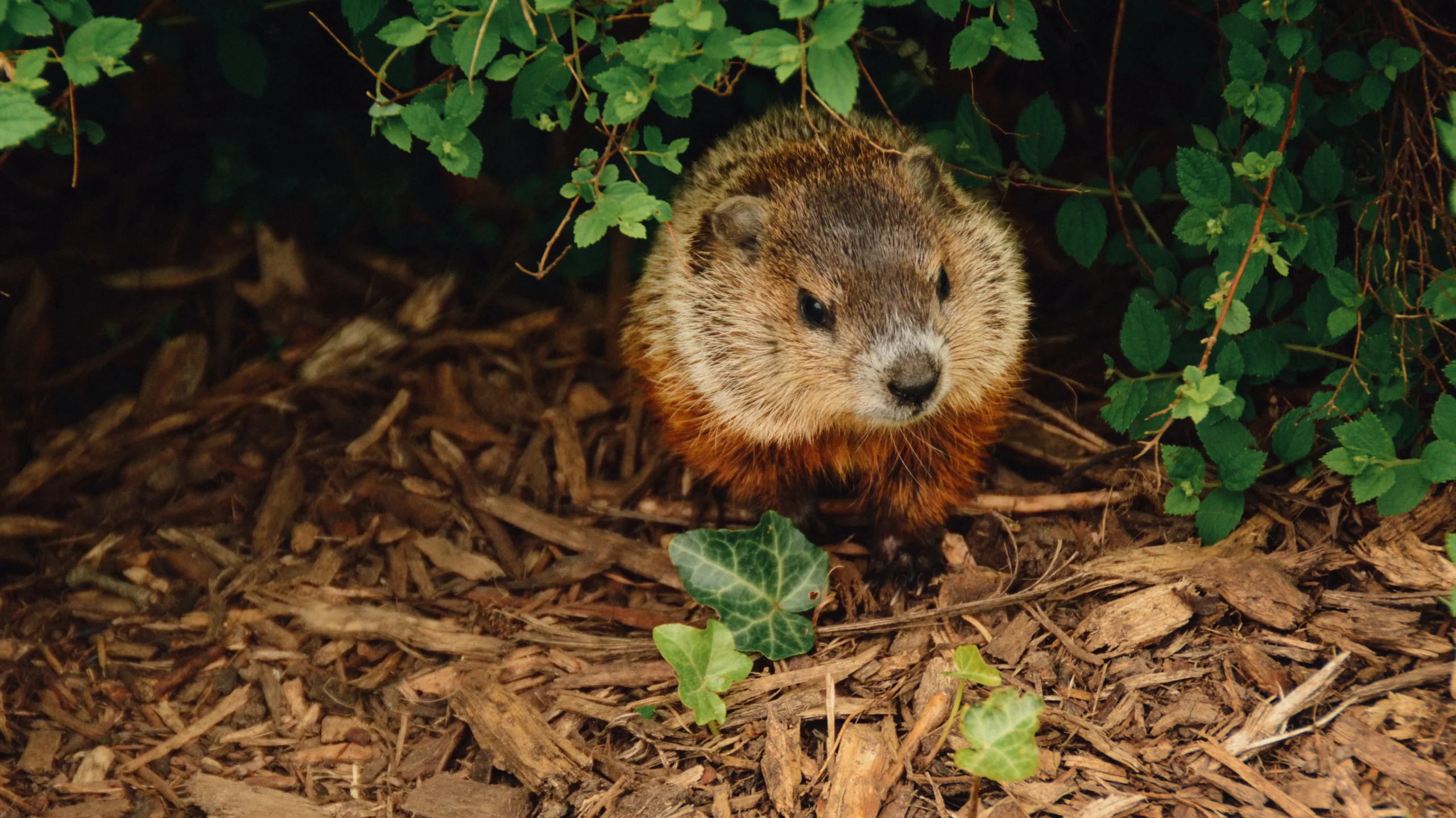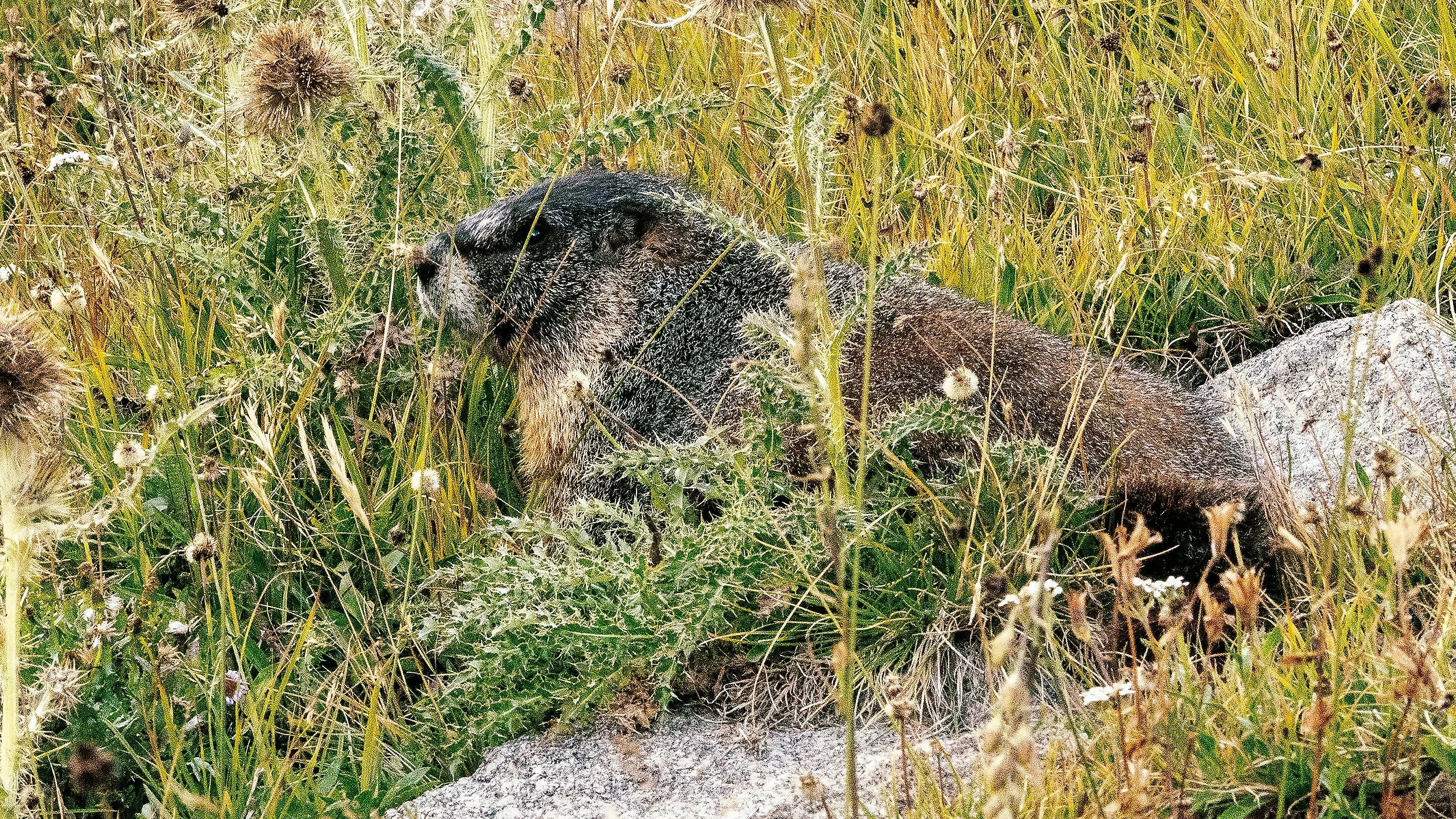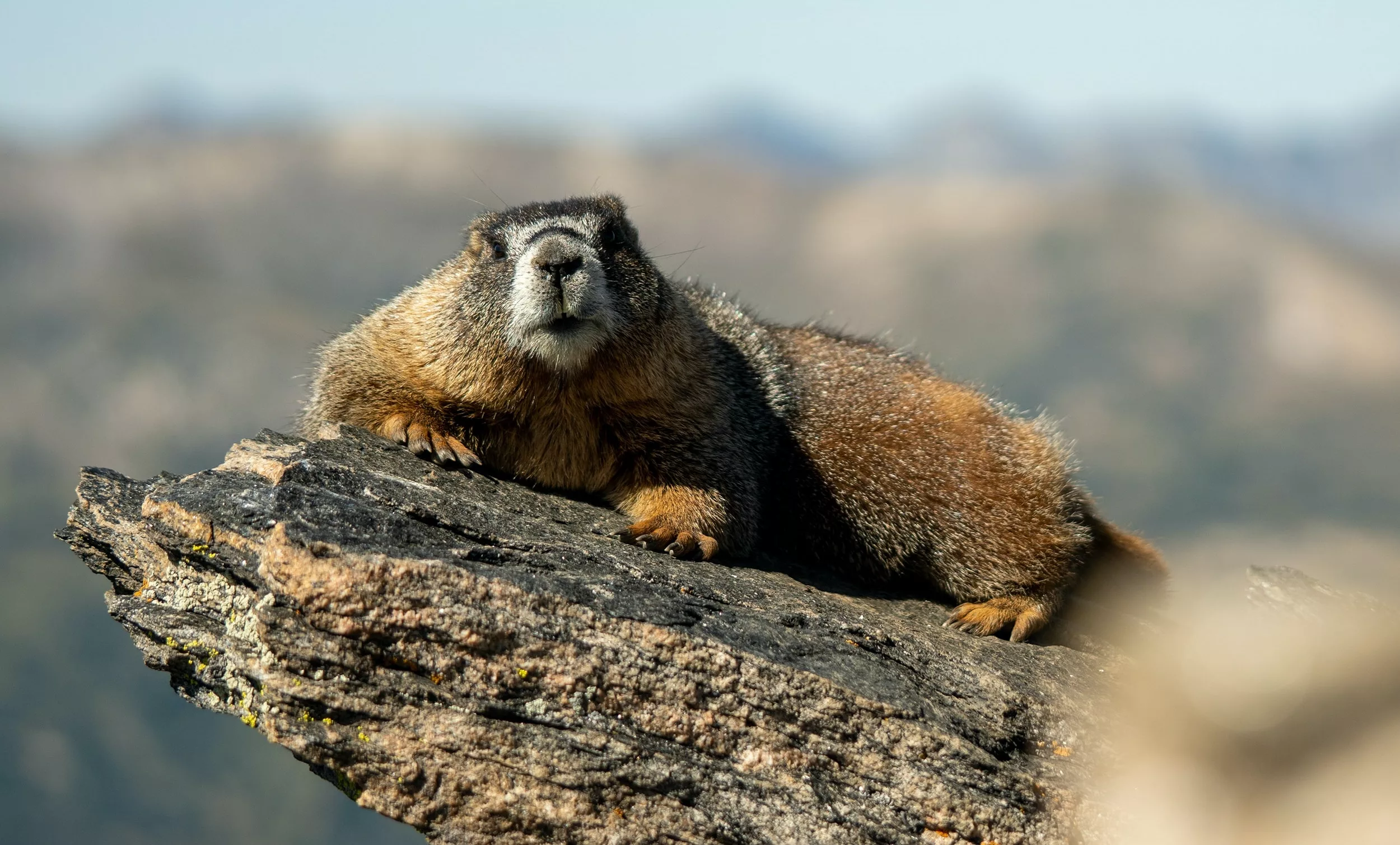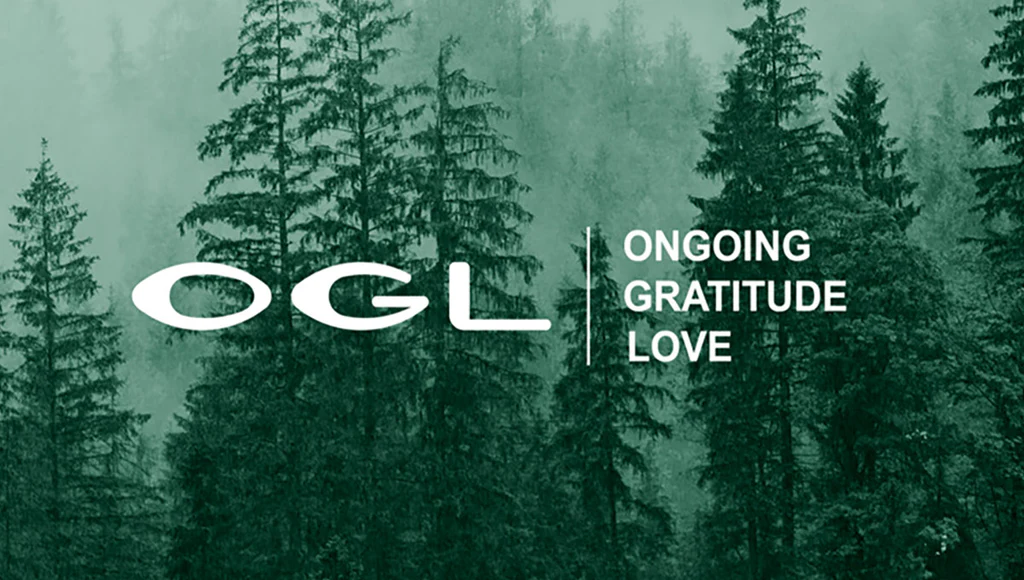Groundhogs, also known as woodchucks, are a common sight across North America. These creatures, often spotted in fields, gardens, and along the roadside, are known for their burrowing habits. While they might seem harmless and even cute from a distance, any sign of groundhog infestation, particularly groundhog poop, should be an immediate red flag for homeowners, gardeners, and wildlife enthusiasts alike.

Identifying Groundhog Poop
One of the first signs of a groundhog presence is their droppings. Groundhog poop is distinct in size, shape, and color, typically measuring about ½ to ¾ of an inch in diameter and showing up in a shade of dark brown. Unlike other wildlife scat, groundhog feces are larger, rounded, and may resemble a pellet shape, often confused with rabbit or deer droppings.
For accurate identification, visual aids are crucial. However, it’s important to never touch groundhog poop directly to avoid contamination. Instead, use gloves and refer to images from reliable sources for a safe comparison.
Problems Associated with Groundhog Poop
Groundhog poop poses several issues, starting with health risks. These animals are carriers of parasites and diseases, which can be transmitted to humans through their poop. Direct contact or even indirect interactions, such as through contaminated water or soil, can pose significant health risks.
Moreover, groundhogs are notorious for their destructive burrowing behavior, causing extensive damage to gardens, lawns, and even the foundation of buildings. Their feces attract other pests, creating a vicious cycle of infestation that’s hard to break.

Safe and Eco-Friendly Disposal Methods
Dealing with groundhog poop in your vicinity is not just about cleanliness; it’s also about ensuring the safety of your environment and health. Here’s how you can manage this issue effectively while staying eco-conscious:
Personal Safety First
Before you begin the cleaning process, it’s crucial to protect yourself. Groundhog poop can carry harmful bacteria and parasites. Always wear protective gear – this includes durable gloves, a quality face mask or respirator, and even protective clothing if there’s a risk of direct contact. This gear isn’t just for your safety; it’s also about preventing the spread of any pathogens inside your home or to other areas of your property.
Responsible Disposal
Once you’ve safely collected the groundhog feces, disposing of it correctly is just as important. Use a biodegradable bag to reduce plastic waste, seal the feces inside, and dispose of it in a trash can with a secure lid to prevent attracting other wildlife. Check your local regulations as well, as some areas have specific guidelines for disposing of wildlife waste.
Eco-Friendly Cleaning Solutions
After removal, the affected area still needs to be cleaned and disinfected to eliminate any remaining bacteria or parasites. However, many common disinfectants are harmful to the environment. Opt for eco-friendly disinfecting solutions — many natural substances, like white vinegar or baking soda, have disinfecting properties. Alternatively, look for EPA-certified green cleaning products. These solutions can help ensure the area is safe without introducing harmful chemicals into your surroundings.
Natural Groundhog Deterrents
Groundhogs are less likely to return to an area if they don’t find it hospitable. You can make your property unattractive to them by using natural repellents. Groundhogs dislike the smell of garlic and hot peppers, so consider spraying a mixture of water with garlic or hot pepper around the affected areas.
Planting deterrent plants is another sustainable method. Groundhogs tend to avoid lavender and rosemary due to their strong scents. Planting a border of these around your garden can create a natural barrier. These plants have the added benefit of attracting beneficial insects, like bees and butterflies, enhancing your garden’s ecosystem.
Eco-Friendly Landscaping
Sometimes, the best deterrent is altering the habitat. Groundhogs are attracted to environments that provide them with ample food and cover. By managing your landscape with eco-friendly practices, you can make your property less appealing. This includes keeping your grass mowed, removing brush piles, and using a raised garden bed for your vegetables and flowers. Also, consider installing a fence that extends a few feet underground around your garden, as groundhogs are excellent diggers.
By adopting these safe and eco-friendly methods, you’re not just eliminating a current nuisance; you’re preventing future infestations in a way that maintains the balance of your local ecosystem.
Also Read: The Remarkable Environmental Benefits of Green Landscaping

Professional Assistance to Manage Groundhog Poop
Sometimes, an infestation can be too extensive for a DIY approach. If you’re facing persistent issues or a large groundhog population, it’s time to call in the professionals. Eco-friendly wildlife control services use humane methods to remove these critters without harming them or the environment. They can also provide more permanent solutions to keep your space groundhog-free in the future.
Conclusion
Dealing with groundhog poop can be an unpleasant task, but it’s crucial for maintaining a healthy, safe, and pest-free environment. Remember, identification is the first step, followed by understanding the associated risks and taking eco-friendly, preventive measures. And when the situation seems out of hand, professional services are there to help.
We encourage you to share your experiences and any additional tips you might have with us. If you found this guide helpful, please share it with friends, family, or neighbors who might be facing similar issues. Together, we can handle groundhog-related problems in a way that’s safe for us and the planet we call home.
For more eco-friendly guides, visit our blog and discover ways to live more sustainably!









